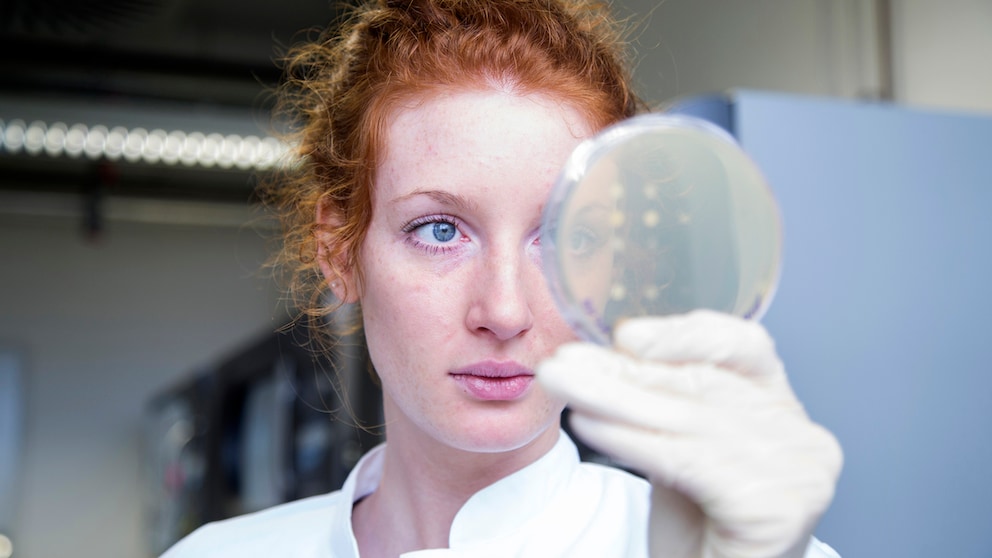March 24, 2025, 9:19 am | Read time: 3 minutes
Dog and cat food with meat — without an animal having to die for it? This could soon become a reality. It is now possible to produce meat in the laboratory. The EU has now approved this artificial product as animal feed for the first time.
Imagine a world where no animal has to die for your dog’s food. It’s a question that has crossed the minds of many pet owners. Especially as they navigate aisles lined with cans of ‘beef,’ ‘chicken,’ or ‘pork.’ This idea could now become a reality without forcing a vegan diet on your pet. For instance, the Czech start-up ‘Bene Meat Technologies’ has recently made headlines as the first company to gain EU approval for producing laboratory-grown meat for pet food.
But What Exactly Is Lab-Grown Meat?
The term ‘lab-grown meat’ might sound unappetizing or complex at first glance. According to the start-up’s website: “Thanks to cultured meat, the pet food of the future will be full of pure, high-quality animal protein, for the production of which not a single animal has to die. Owners and producers will no longer have to compromise on taste, nutrition, and quality.”
But what exactly does this mean? Stem cells are taken from living animals to produce synthetic meat. These cells have a very special ability. They can develop into any type of body cell — in this case, muscle cells.
Depending on the production process, these stem cells end up in a culture fluid and grow into muscle tissue. Such a culture fluid must contain everything the cells need to build up their cell body or tissue. According to a report in the daily newspaper Taz, this is usually a mix of fats, amino acids, vitamins, minerals, and sugar. The benefits are clear: no animals need to be sacrificed for lab-grown meat, and its positive environmental impact is frequently highlighted.
Meat Without Residues
Another advantage is the “purity” of the product, as the founders of “Bene Meat” emphasize in an article on the news portal Reuters. As a consumer, you can never know exactly what a farm animal was fed during its lifetime. With artificial meat, however, you can rule out the possibility that it contains residues such as harmful substances and medicines that end up in your pet when it is fed.
In the USA and Singapore, companies have already received approval for the production of laboratory meat, and now, the EU is following suit. However, these companies produce their products for human consumption, while “Bene Meat” initially specialized in artificial meat for animal feed. In the long term, however, the company also wants to enter this market.
This Is How Much Lab-Grown Meat Feed Could Cost in the EU
The company currently produces an average of around one kilogram of artificial meat per day, but next year, it plans to upgrade and produce up to one tonne per day. This scale-up could lead to more affordable prices, as a company spokesperson told Reuters. Product prices could then be expected to be in the range of premium and super-premium pet food.
But let’s get to the heart of the matter: the taste. Tests still need to be carried out to see how the laboratory meat tastes to the animals. Given the company’s ambitious plans, however, this seems to be a minor hurdle that can be swiftly overcome.

